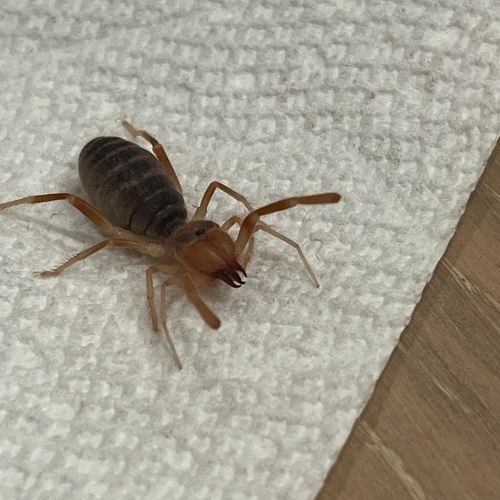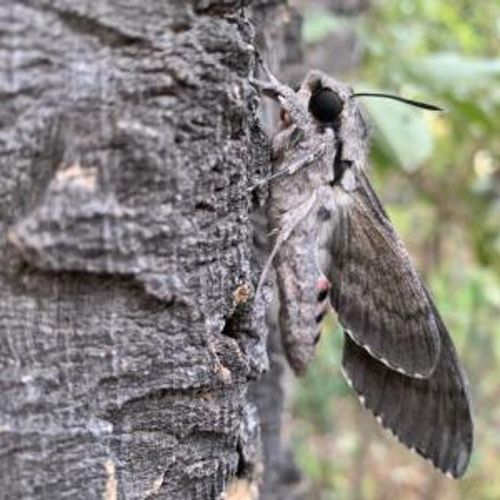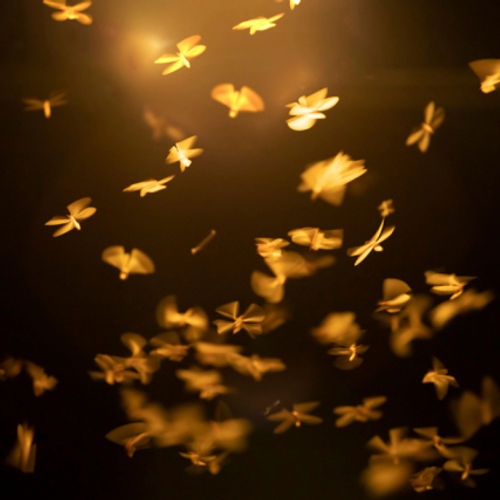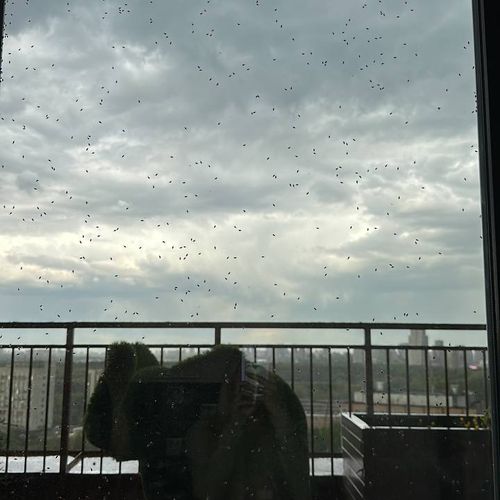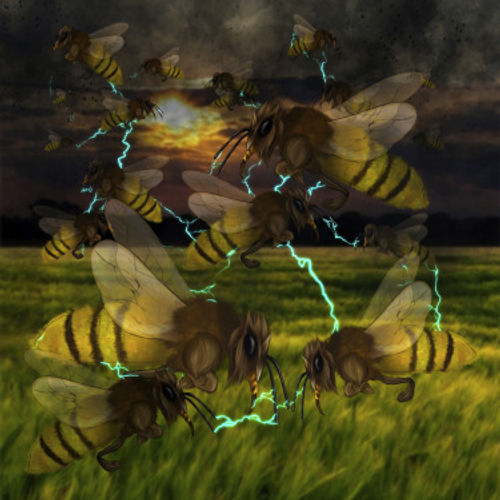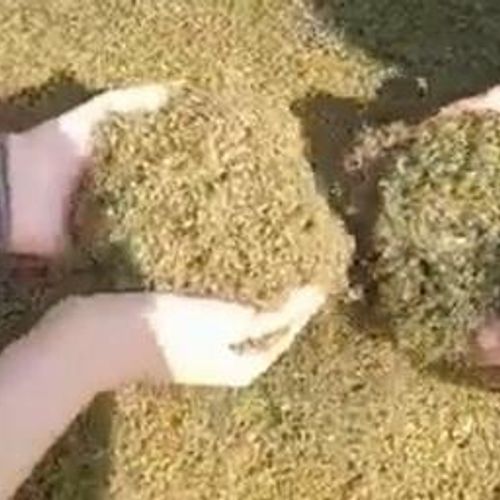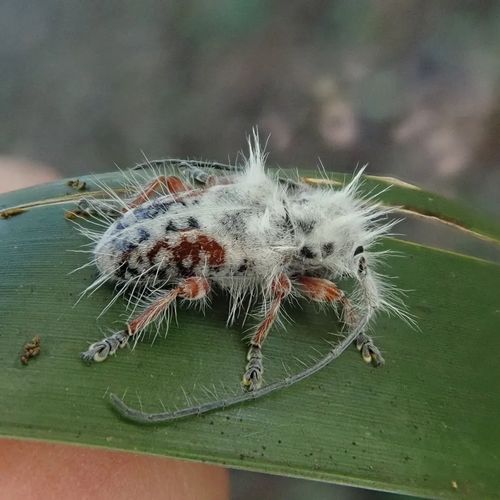
| Added | Sat, 23/03/2024 |
| Источники | |
| Дата публикации | Fri, 22/03/2024
|
| Версии |
In the Australian tropics, in order not to be eaten, the fauna has to act tough and remain secretive. On the other hand, some prefer to look so disgusting that even starving predators are not tempted to feast on them. A brilliant example of the latter tactic was recently discovered in the form of a beetle resembling something between bird droppings and a corpse infected with fungus.
The strange barbel beetle was discovered by a team from the University of Queensland during a recent expedition to the continent's Gold Coast. Before identifying the creature, experts actually mistook it for a litter.
According to scientist James Tweed, while walking, he suddenly saw an unusual fluffy insect about 1 cm in size, red-black in color with white hairs. It was not possible to find information about such creatures in scientific articles, and then Tweed posted photos in specialized groups on social networks. Alas, it was also unsuccessful. It was only after consulting with the keepers of the National Insect Collection in Canberra that it became clear that we were really talking about the discovery of a new species and even a new genus — Excastra albopilosa.
The beetle's appearance is probably due to Bates mimicry, an evolutionary “trick” that allows harmless creatures to appear more dangerous than they are.
In particular, white hairs can mimic infection with pathogenic fungi and discourage predators from eating the beetle.
Новости со схожими версиями
Log in or register to post comments

